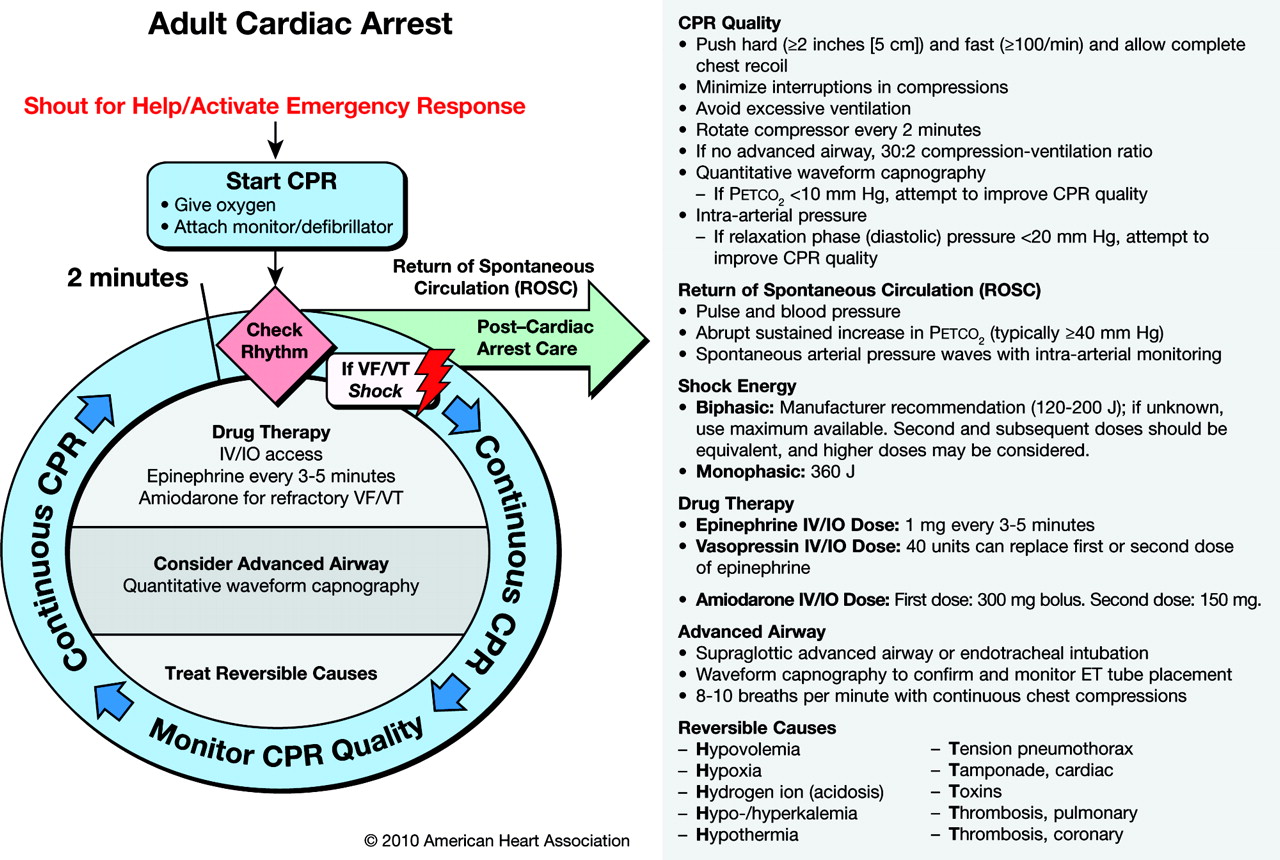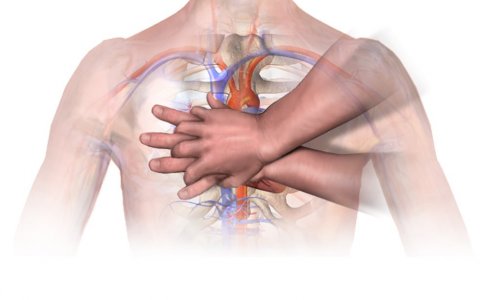

(2018) Optimizing CPR performance with CPR coaching for pediatric cardiac arrest: A randomized simulation-based clinical trial Resuscitation 132: P33-40.The recent AHA and ILCOR CPR guidelines and ROC trial findings codified important, current knowledge about CPR. Cheng A., Duff Jl, Kessler D., Brown L., Hunt E.(2020) Executive summary: 2020 International Consensus on Cardiopulmonary Resuscitation and Emergency Cardiovascular Care Science with treatment recommendations. Nola J., Maconochie I., Soar J., Olasveengen T., et al.


We also offer in-house courses at your facility, which is a great opportunity for us to show you the importance of a CPR coach, and how you can incorporate this role into your resuscitation practices. If you have a passion for resuscitation and improving patient outcomes, you should consider implementing high performance CPR through the role of CPR Coach and learn more by attending one of our Adult or Paediatric Advanced Life Support (ALS or PALS) Courses.Ĭritical Care Education Service is part of the Medcast Group and provides resuscitation courses across Melbourne, Sydney and Brisbane with some of Australia’s leading resuscitation educators. Quality improvement projects are an empowering tool for passionate clinicians. How well do you think your teams perform in a resuscitation? The CPR coach was undertaken by the nurse using the defibrillator, or a nurse who didn’t have another role assigned to them.” An added benefit was the ability of the team leader being able to focus on assessing and reversing the cause of arrest. Generally, time off chest was reduced, and when we reviewed the data from the defibrillators, there was an increase in CPR quality with a significant change in chest compression fraction. “In my experience as a Resuscitation Coordinator, when a CPR coach was introduced as an integral member of resuscitation teams, there was an increased focus on the effectiveness of CPR throughout the resuscitation. Medcast & CCES’s Head of Nursing Education Susan Helmrich said: Utilise feedback devices such as defibrillators with CPR metrics, Waveform capnography (aim for ETCO2 >20 mmHg) and Diastolic blood pressure if arterial lines are in situ (aim for DBP >40)Ĭoordinate procedures during resuscitation to minimise time off chestĬognitively unload the resuscitation team leader with a CPR Coach Provide real-time coaching to improve the quality of chest compressions, and overall chest compression fraction (% of time compressions are performed within target range) Target CPR feedback to achieve resuscitation recommendations for depth, rate, recoil and ventilations Teams should focus on the following points:Ĭoordination and early initiation of CPR with time to first defibrillation less than 2 minutes High performance CPR should be the aim of all resuscitation attempts. In research led by Prof Betsy Hunt at the John Hopkins Medicine Simulation Centre, teams with a CPR coach demonstrated significant improvements in overall CPR, chest compression depth, chest compression fraction, and pre and post shock pause duration (Cheng et. The CPR Coach is not a new concept, but a role not always present in resuscitation teams.Īlong with defibrillators that provide CPR data and biometric devices such as waveform capnography, the CPR coach is instrumental in focusing on the best CPR in order to maximise oxygenation and perfusion during resuscitation. Physiotherapist- various locations across Perth Talent Quarter PTY LtdĪ CPR Coach’s primary role is to provide real time feedback to compressors to optimise compliance with current CPR guidelines and cognitively unload the Resuscitation Leader, enabling them to focus on the algorithm and reversible causes.


 0 kommentar(er)
0 kommentar(er)
